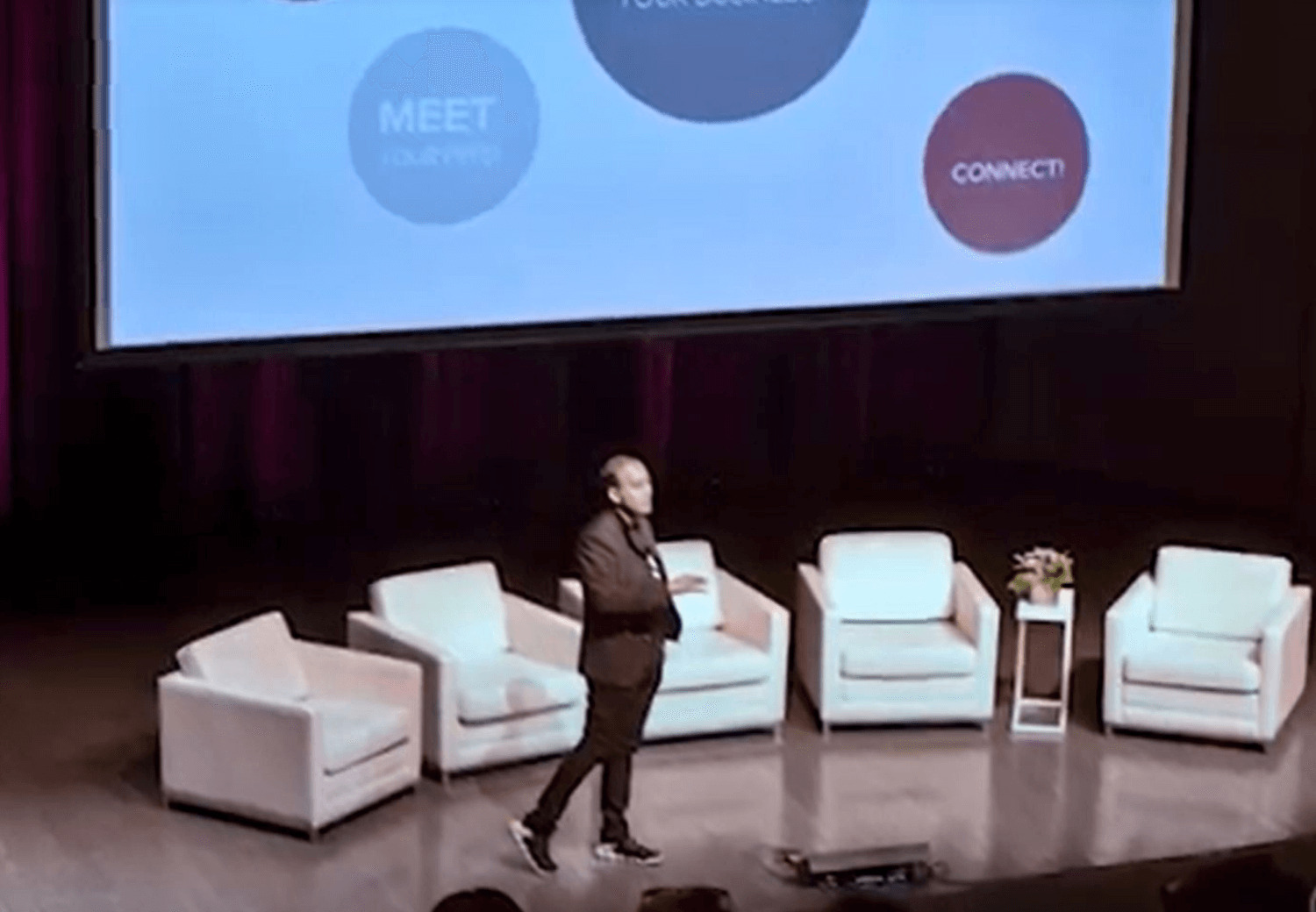It was a big, dramatic decision because our growth would obviously take a big hit. And I had to convince my investors and especially a new investor who just invested money six or eight months back about this topic. So I remember that meeting, and it was a difficult meeting. But at the end, the investors, both Mayfield and Menlo came through and really ultimately aligned with me and allowed me to do that. And what that did was for six, nine months, we worked on the product, we iterated on the product we worked through it, and then in 2014, sort of by the second quarter of 2014, when we took off, then we never had to look back. We grew, and the next year, we grew almost 3X, and just kept growing.
But that timeframe where we had to rebuild many parts of our product, which were not scaling, had to redo some of our shipping and product experience, was a very powerful thing. And so sometimes you have to go against the conventional grain, which is, you know, and take a risk.
And the other thing we discovered was the resiliency of our cohorts, which has been a foundational premise for Poshmark, is that even with all of these cuts, our cohorts kept growing. And the power is that when you build a great platform, and you have true engagement with the customer, they will keep coming back and growing, even if you’re not marketing to them. Of course, it’s not at the same rate that when you’re spending in marketing, but you still see that growth. So that was a pretty big confirmation back in 2013, that what we build is of value to our community, and we can continue to serve them, as we reinvent and scale to the next phase of the journey.





